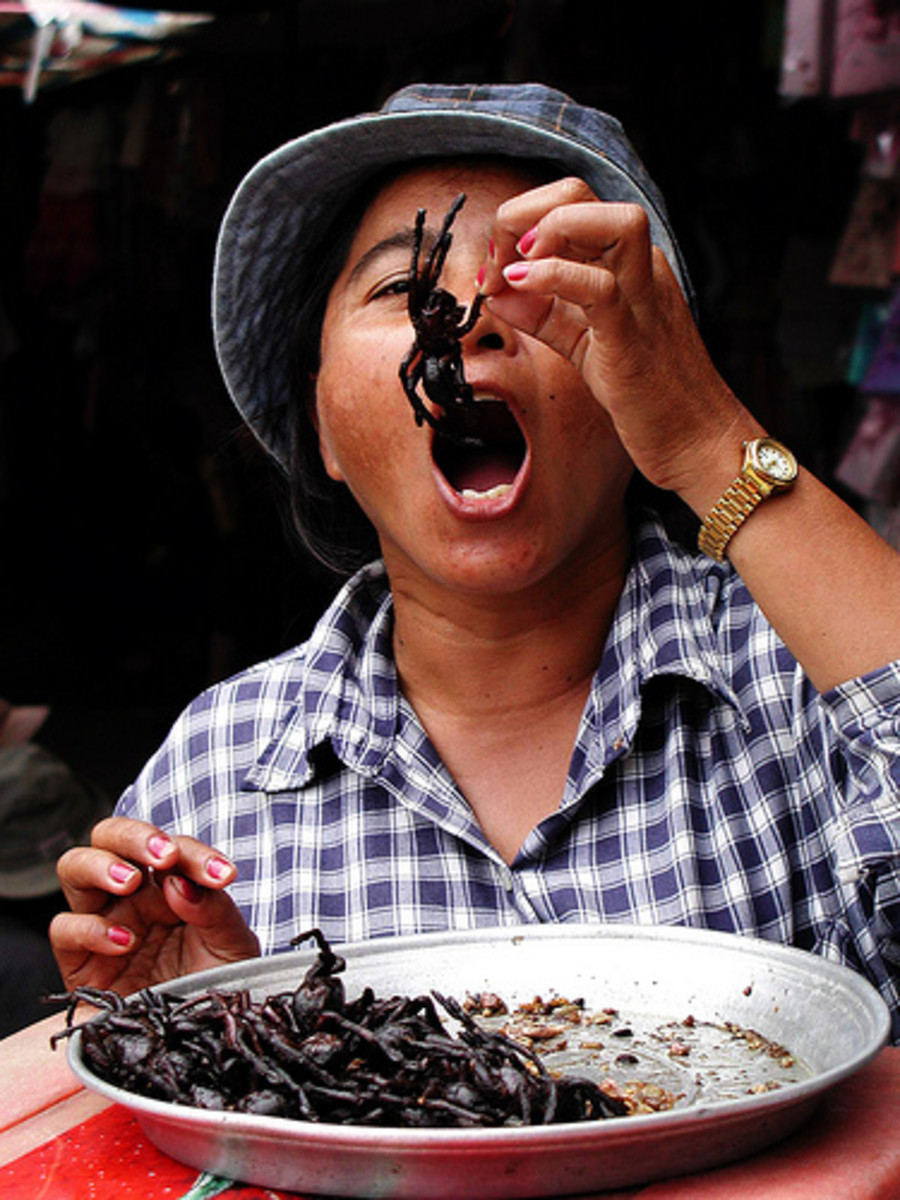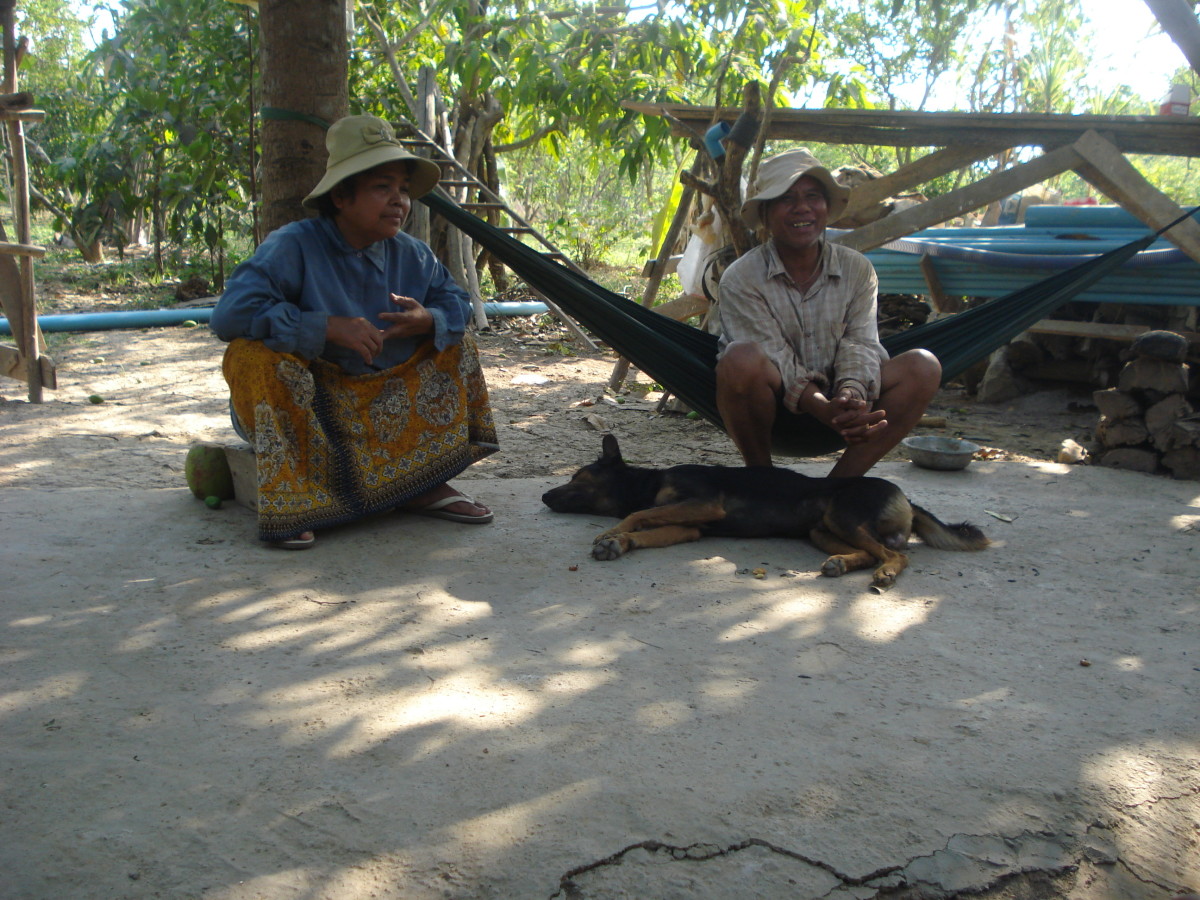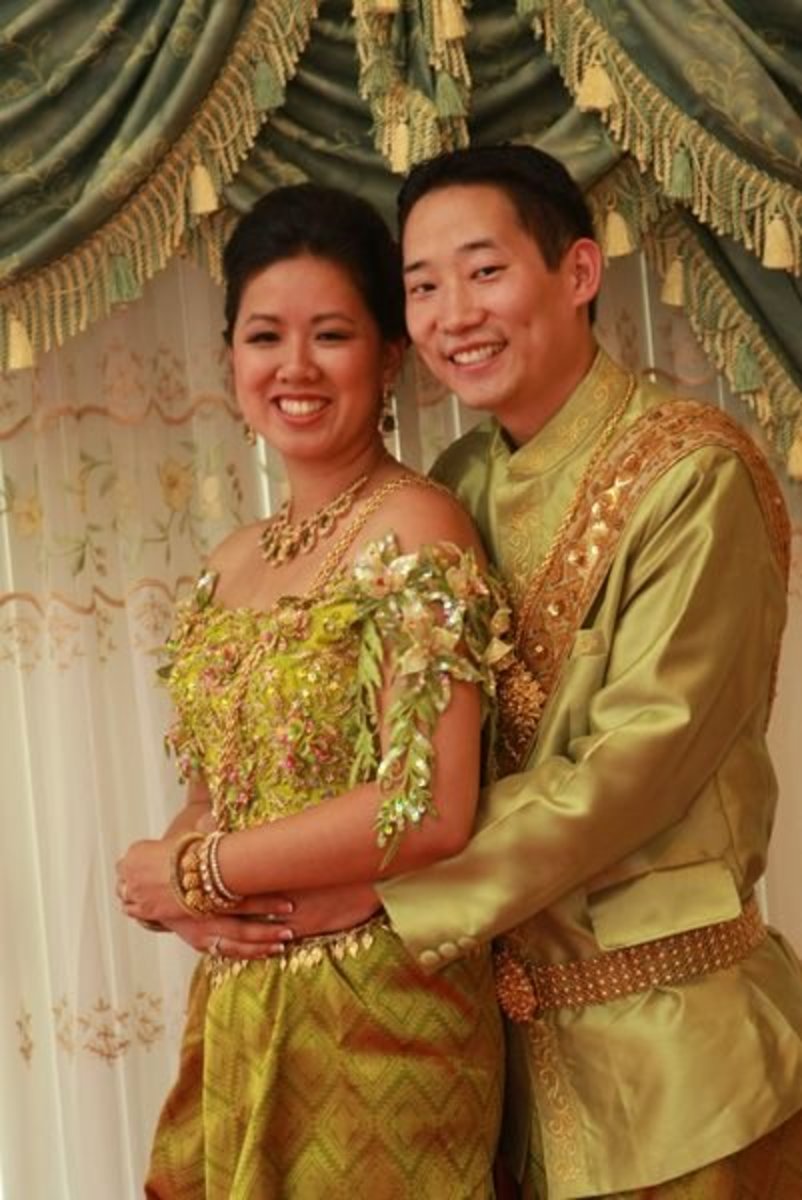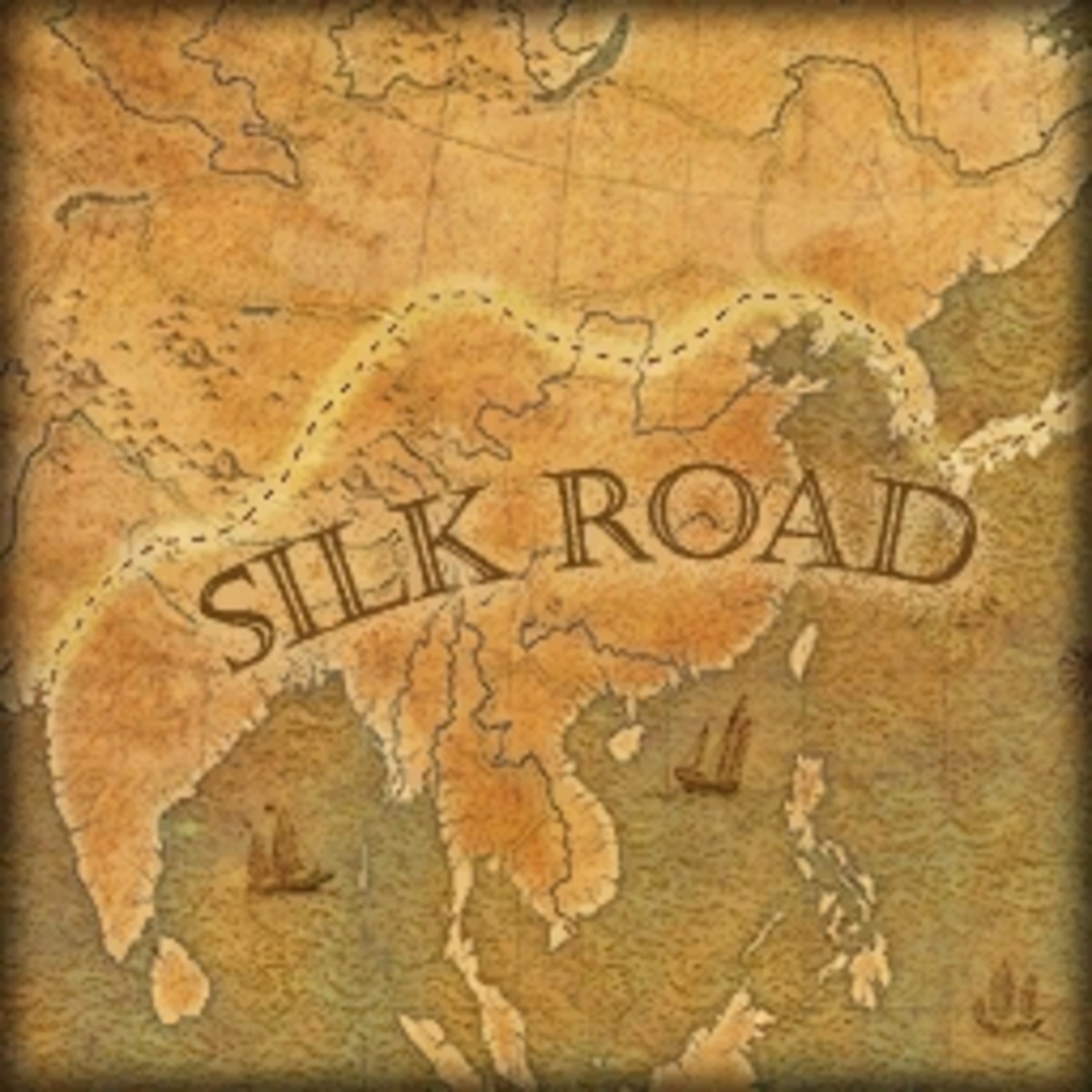Pol Pot and the Killing Fields
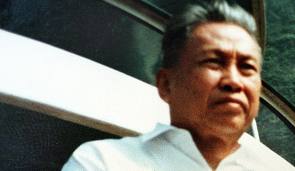
Four Years of Genocide
From 1975-1979, Cambodia's citizens were under the brutal rule of Pol Pot; who ordered the torture, rape, starvation, and murder of his fellow countrymen. If the Native American removal of 1830 in the United States can be called "The Trail of Tears," then certainly the genocidal murder of millions of Cambodians can be called "The Trail of Blood."
Saloth Sar who would later become known as Pol Pot, was born on March,1925, in the small village of Prek Sbauy. He was initially educated by Buddhists, later attending a private Catholic institution in the capital Phnom Penh. At the age of twenty, he was awarded a government scholarship to study radio and electronics technology in Paris. While in France Pol Pot became involved with the Communist Party. So much so, that he neglected his studies, losing his scholarship, and forcing his return home. It was in 1953 that he returned to Cambodia and immediately upon his arrival he joined the underground communist movement. Cambodia which was a French possession, was given full independence in 1954. It was then ruled by a royal monarchy.
By 1962 Pol Pot was head of the Cambodian Communist Party earning the enmity of Prince Norodom Sihanouk, who was then leading the country. For his own safety, Pol was forced to seek sanctuary in the jungles of Cambodia. His time in hiding was not spent in being idle, for it was in the jungle that he began to form an armed resistance movement. His guerrilla army came to be known as the Khmer Rouge(Red Khmer or Cambodian). They consisted of the young villagers, farmers, and the uneducated. All were manipulated into violence and killing against their fellow citizens, They were trained to follow orders without hesitation including that, to kill their peers.
Pol Pot and his supporters considered Sihanouk as weak and ill equipped to lead, as well as a French puppet. By the time 1970 rolled around many high ranking government and military officials were disillusioned with Sihanouk's leadership. Along with his other problems, Sihanouk was trying to balance a tenuous neutrality between Cambodia and North Vietnam backed by communist China as well as South Vietnam backed by the United States. Both North Vietnam and South Vietnam had a military presence in Cambodia.
Also in 1970 when he was out of the country, Prince Norodom Sihanouk's government was overthrown by a peaceful military coup. The new leader was the military's General Lon Nol. Lon Nol allowed the continued bombing of Viet Cong strongholds in Cambodia, by the American military, all taking place between 1969 and 1973. During these bombing raids it is estimated that between 150,000 and 700,000 Cambodian peasants were killed, depending upon one's source of information. This bombing which took place mainly in the countryside,drove peasants to flee to the capital of Phnom Penh. This along with Lon Nol's repressive methods contributed to his disfavor among those he ruled.
By 1975 the Americans had withdrawn its troops from South Vietnam and most of Southeast Asia, opening the door for Pol Pot. By this time, with training and aid from North Vietnam and the support of China, the Khmer Rouge who already controlled most of the countryside; surrounded Phnom Penh and took it over.
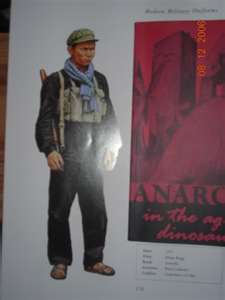
Pol Pot's Legacy
Upon taking over Pol Pot was ready to make radical changes. Inspired by Mao Zedong's teachings he followed Mao's example of the "Great Leap Forward", which included evacuating all of the cities and destroying all perceived enemies of the state. Pol renamed Cambodia the Democratic Republic of Kampuchea. He stated that, "This is Year Zero."
Under this extreme form of communism, his aim was to purify all Cambodians. Western culture, foreign influences, religion and city life were no longer acceptable practices. All foreigners were expelled, embassies closed down, television and radio stations shut down, newspapers closed, money banned, education ceased, and parental authority taken away. No foreign languages were allowed to be spoken, all with the intent of shutting out the rest of the world. The restrictions are too exhaustive to list, but among them, mail and telephone usage discouraged, and health care completely eliminated.
Next began forced evacuations of the cities. Phnom Penh had a population of two million people who were forced to leave the city for the countryside, at gunpoint. During this forced evacuation, 20,000 people died. People who were accustomed to city living, were now forced to labor in the fields growing rice and fruit. The workers were not allowed to eat that which they grew, but were rationed a cup of rice (180 grams) per person, every two days. Once crops were harvested Khmer Rouge driven trucks would confiscate all of it.
People were worked under armed supervision, where guards were eager to mete out pain, suffering, rape of young girls, and even murder. The work day began at between four and five in the morning and lasted eighteen hours. People soon began to die from overwork, sickness, and malnourishment.
Purges of the so called old remnants were conducted regularly. Targeted were almost anyone who had once lived in the city, the educated, former police, doctors, lawyers, teachers, Buddhist monks, and former government officials. In effect, everyone was Pol Pot's enemy. Before it was over many of those once trusted by him were executed by him.
People were encouraged to tell on neighbors and children were taught to tell on parents, whether there was an actual infraction or a perceived one. It is conservatively estimated that the Khmer Rouge killed an estimated 1.7 million of their own people in a four year span.
Finally Saved
One error that Pol Pot made was the harassing border attacks the Khmer Rouge would launch against Vietnam. Tiring of this, the Vietnamese launched an all out attack on December 25th, 1978. Phnom Penh was taken January 9th, 1979, with Pol Pot fleeing to Thailand. The government was then taken over by a few Khmer Rouge defectors, with the blessing of the Vietnamese.
Pol Pot still attempted to wage a guerrilla war with what was left of his forces, against a succession of Cambodian rulers. After numerous internal power struggles, Pol Pot finally lost control of the Khmer Rouge. In 1998 at the age of 73, he died of a heart attack, while under arrest. So, on this earth Pol Pot was never brought to trial to pay for his atrocious acts of murder and genocide.

Agent Orange-The Story of Two Soldiers
- Agent Orange-The Story of Two Soldiers
Sadly many veterans are still affected by and haunted because of the service they rendered during the Vietnam Era. Generally the soldiers who get the most attention (and rightly so) are the combat soldiers...
The Sounds of War
- The Sounds of War
Rockets and mortar rounds are falling and exploding all over the compound! The ground shaking, deafening explosions seem never ending. Now and then someone sends up a flare to light the blackness of night, for...
Agent Orange Lethal Killer
- Agent Orange Lethal Killer
Spraying Agent Orange With the exception of Vietnam era vets and their families, most Americans have nearly forgotten the war in Vietnam.Yet, we are still left and are dealing with the residual spillover...
Vietnam War-The Suffering
- Vietnam War-The Suffering
Unexploded Ordinance The war in Vietnam wreaked horrendous damage on countless millions of people in the past up until the present. The most publicized events involve Vietnam vets who have developed PTSD (Post...
Red Devils of Quang Tri
- Red Devils of Quang Tri
I would like to take time and introduce you to the first unit that I served with in Vietnam. The group as a whole was the 5th Mechanized Infantry Division, originally out of Ft. Carson, Colorado. My unit was...
Black Seminoles
- Black Seminoles
Spain's King Charles ll issued an edict in 1693, which stated that any male runaway slave from any English plantation would be granted freedom and refuge upon arrival in Spanish held Florida. ...


